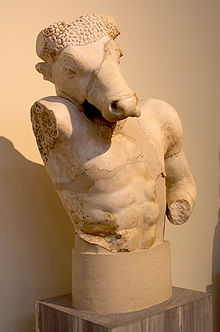 One thing I’m learning is that inspiration can come from anywhere.
One thing I’m learning is that inspiration can come from anywhere.
Earlier I had reviewed The Hunger Games by Suzanne Collins. I had initially resisted reading what sounded like a gruesome concept, but found it to be a well-written, engaging story. How does an author develop a plotline like that?
It so happens Ms. Collins’ birthday was August 10th, a fact commemorated by The Writer’s Almanac’s newsletter of that date (http://writersalmanac.org/page/6/). In doing so, the Almanac provided some insight into where the idea for such a dystopian tale originated.
By this account, Ms. Collins was channel-surfing on the TV late one night, and was struck by the similarity between reality TV and the coverage of the wars in Iraq and Afghanistan. “On one channel, there’s a group of young people competing for I don’t even know; and on the next, there’s a group of young people fighting in an actual war,” she later recalled. That late at night and with a fatigued brain, she found the storylines began to blur in a rather disturbing way.
Then she recalled the myth of Theseus and the Minotaur, which she had read as a child. In the myth, Crete keeps the citizens of Athens in line by requiring them to send 14 of their sons and daughters to fight the Minotaur (https://en.wikipedia.org/wiki/Sacrificial_victims_of_Minotaur). The resolution is Theseus volunteers to go in the third group, and he kills the Minotaur. But it’s an unsettling idea that a government can have so much power as to periodically send children to their deaths. Such was the inspiration for her trilogy.
Suzanne Collins’ website is http://www.suzannecollinsbooks.com/.
The photo is a Minotaur bust from the National Archaeological Museum of Athens.
